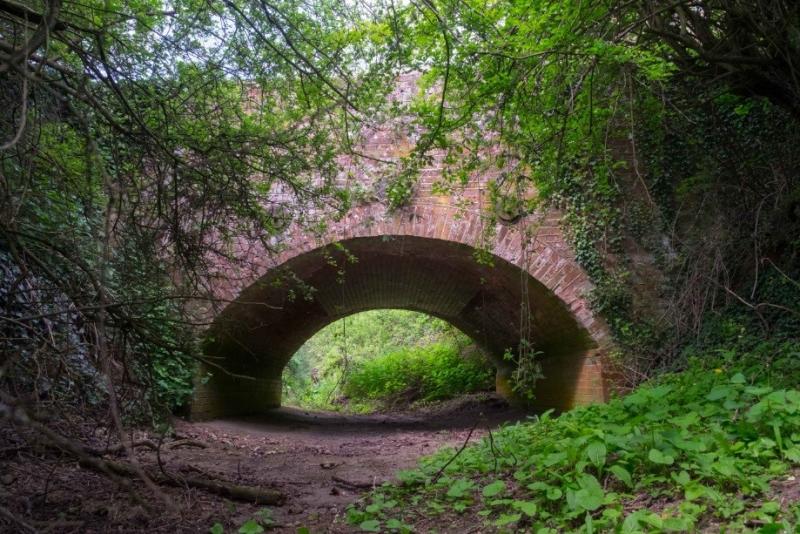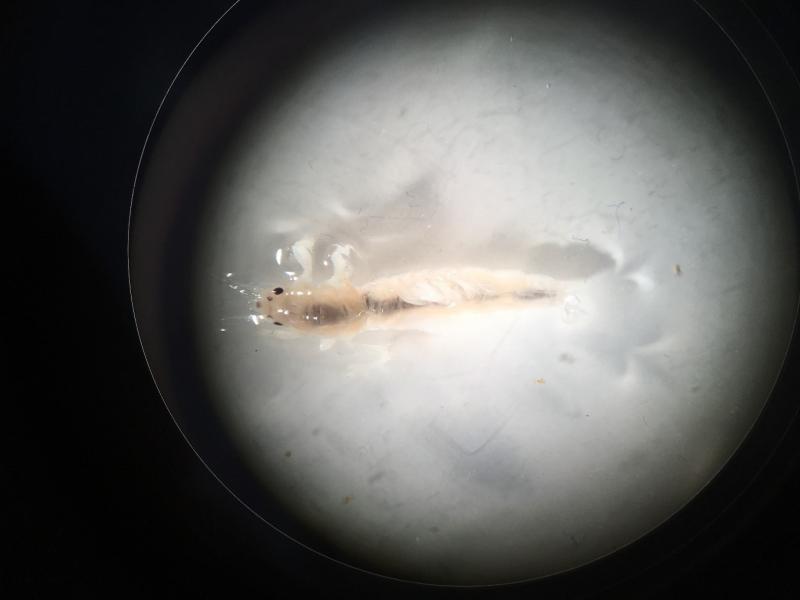What has happened to our young trout during all the recent 'abnormal' weather? It's a question I have heard discussed and been asked directly quite regularly of late, and I intend to post a response with a relatively local flavour, here on the blog, in the not too distant future. However, to pre empt that, I thought I would post some thoughts from my colleague in the south, Andy Thomas. Glaciers were still retreating from Cumbria when Andy first started working on rivers, so he's seen a thing or two....
Please note that this article was originally published in the WTT Summer Newsletter (one of the perks of being a member), and hence was written prior to the extended warm & dry period that subsequently ensued!




